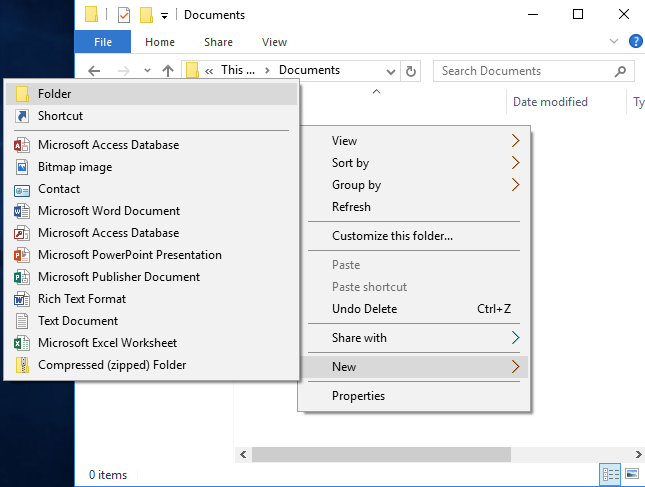

Execute the below command to create a new blank file. Use the cd command to go to the folder where you want to create a new file.ģ. Follow the below steps to create a new file with the fsutil command.Ģ. The advantage of fsutil is that it lets you create files from the command line without any content in them or files with a specific size. The fsutil is a very powerful command that can do a lot of things including creating new files from the command line.

However, in that case, the echo command will automatically insert “ECHO is on” text in the file it created. In case you are wondering, you can also execute the echo > filename.txt command to create a file without manually inserting content. You can replace the dummy content with the content of your choice and the file extension can be anything. Use the below command to create a new file in Command Prompt.Įcho some content of your choice > filename.txt echo command to create new file in command prompt.Use the cd command to go to the folder where you want to create the file.I will show both, follow the one you like. On the other hand, to create a blank file or a file with a specific size, use the “fsutil” command. This is very useful when you want to save the output of a command to a file. Both have their use cases.įor example, if you want to create a file with some content in it then use “echo”.

The first command is “echo” and the second command is “ fsutil“. The good old Command Prompt offers two different commands to create a new file in the command line.
#How to make a new file windows
The steps shown below will work in all versions of Windows including XP, Windows 7, Windows 8, and Windows 8.1. In this quick and simple guide, let me show you the steps to create a file in Command Prompt and PowerShell in Windows 10. Not only that but when you create a file in Command Prompt or PowerShell, you don’t have to rename it to match a specific extension. That way, you don’t have to leave the command line environment or go back and forth between windows. For example, if you are already running a specific script or command and need to create a file to edit, rather than creating it from the File Explorer, you can do it directly in the Command Prompt or PowerShell window.


 0 kommentar(er)
0 kommentar(er)
